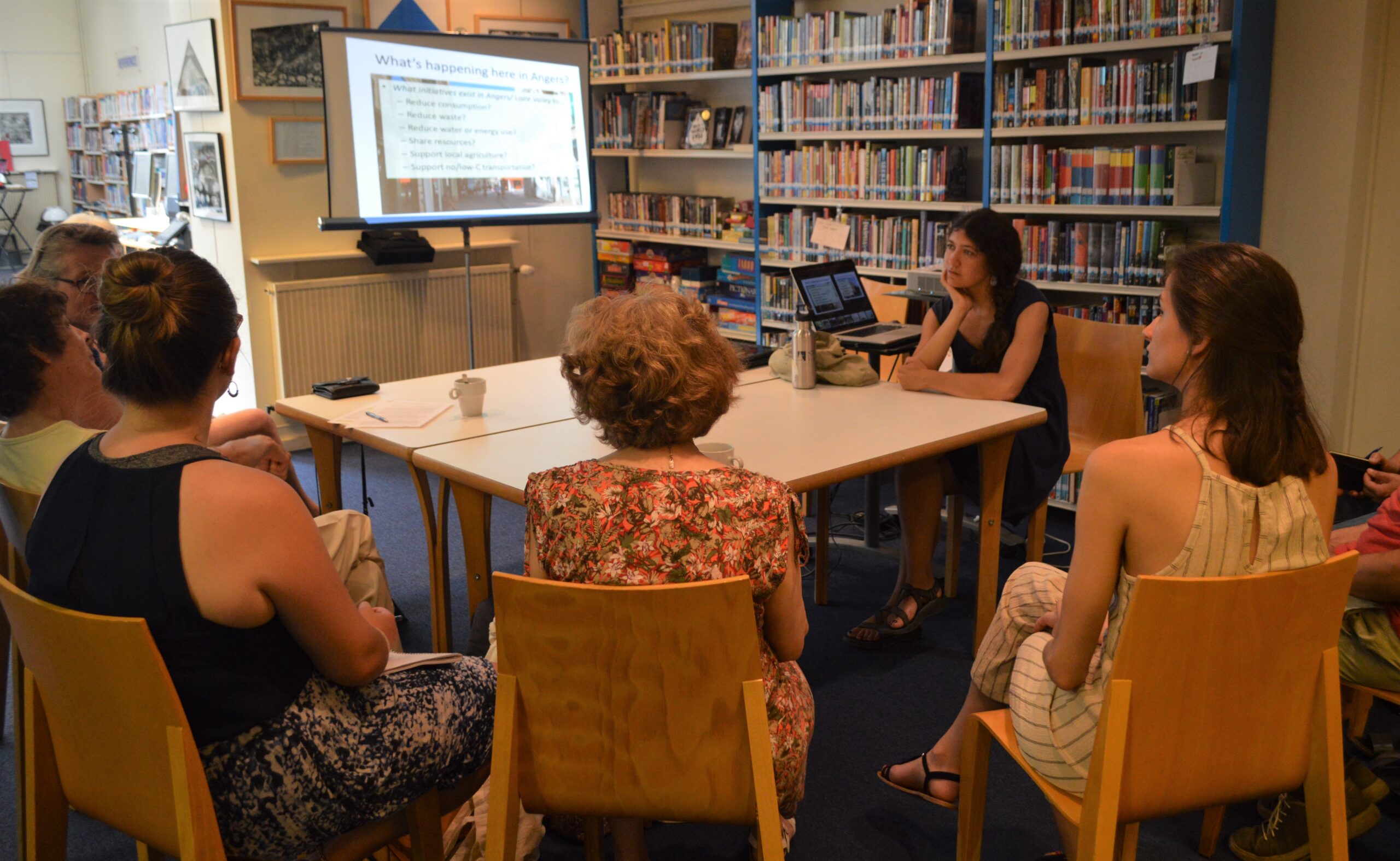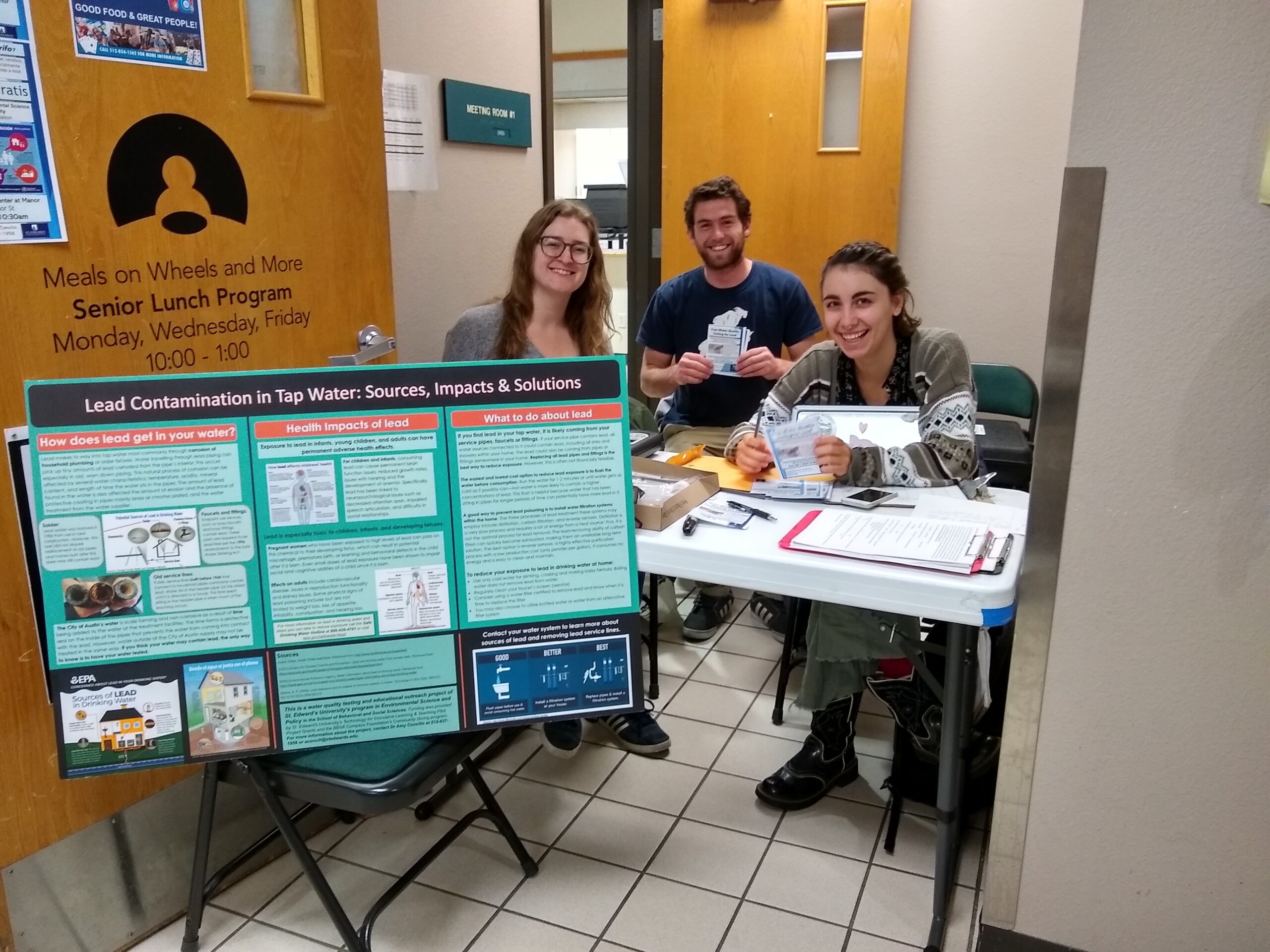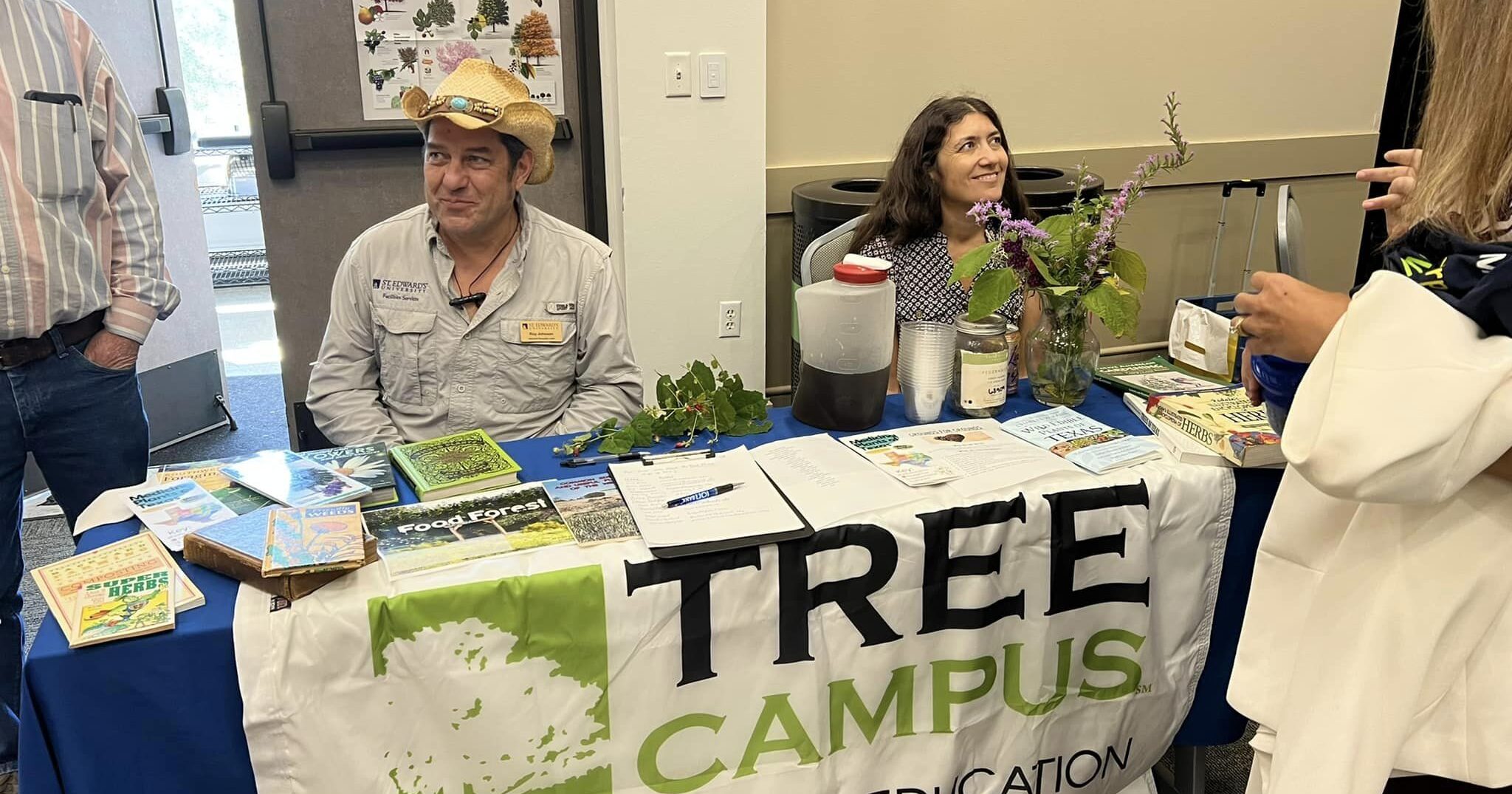Much of my scientific research is directly applicable to restoration and land management. I seek out partnerships with land managers who are working on restoration and conservation locally so that my results can be translated to on-the-ground action. I enjoy giving public presentations and guest lectures on the importance of native prairies and urban green spaces, climate change impacts on Central Texas ecosystems, and strategies for climate change adaptation and mitigation. I have spoken at local high schools and grammar schools, for Travis Audubon, Save Barton Creek Association, the Young Woman in Conservation Science Program, and more! Below is a sampling of some of my outreach presentations and resources. Contact me at [email protected] if you would to schedule a talk for your classroom or organization, or if you are a land manager and would like to collaborate!
Outreach presentations and materials
- For information about how cool native Texas prairies are, check out my “Virtual Plant Walk through Commons Ford Prairie” at the Save Barton Creek Association‘s happy hour speaker series in May 2020. The recording is linked here and a subset of the slides that provide a prairie plant ID guide are available here.
- Aileen Brom (ENSP ’19) and I gave a public talk for the Commons Ford Prairie Restoration Committee of Travis Audubon in January 2020 about research results from the restoration project at Commons Ford Ranch Metropark. A link to the presentation is here.
- My Chemistry in the Environment – ENSP 2341- class conducted free lead testing in tap water at Travis County Community Centers in 2019 and 2020. We created an outreach poster about the impacts of lead and what to do to decrease exposure risk, available here. For more information on this project, see our Community Lead Testing Project website.
Conference Presentations Relevant to Land Management in Central Texas
- Plant diversity response to restoration treatments at Commons Ford
- Fitness response of antelope horns milkweed with the inoculation of arbuscular mycorrhizal fungi- Becky Woodward
- Effects of a fuels reduction treatment in the urban-wildlife interface on invasive species and wildlife – Jon Brooks, Micheal Gembarowski, Conlon McOsker, & Madison Tumicki
- Restoration effects on pollinators at Commons Ford – Aileen Brom, Shirley Ochoa, & Bowen Wilder
- The effects of a prairie restoration project on public engagement – Abril Carranza
- Pollinator plant diversity response to prairie restoration – Stella Cunningham and Abby Ramirez
- Control of privet (Ligustrum spp) invasion in Wild Basin Wilderness Preserve– Savannah Bryson, C. Eric Johnson, and Abigail Kroph
Follow us on Social Media!


